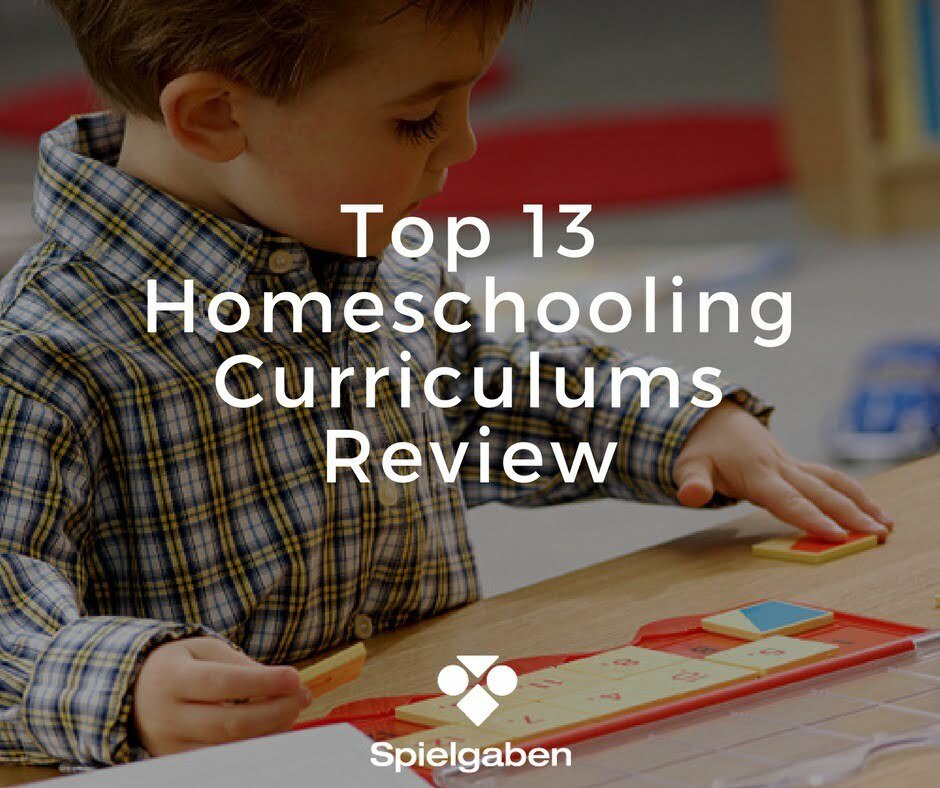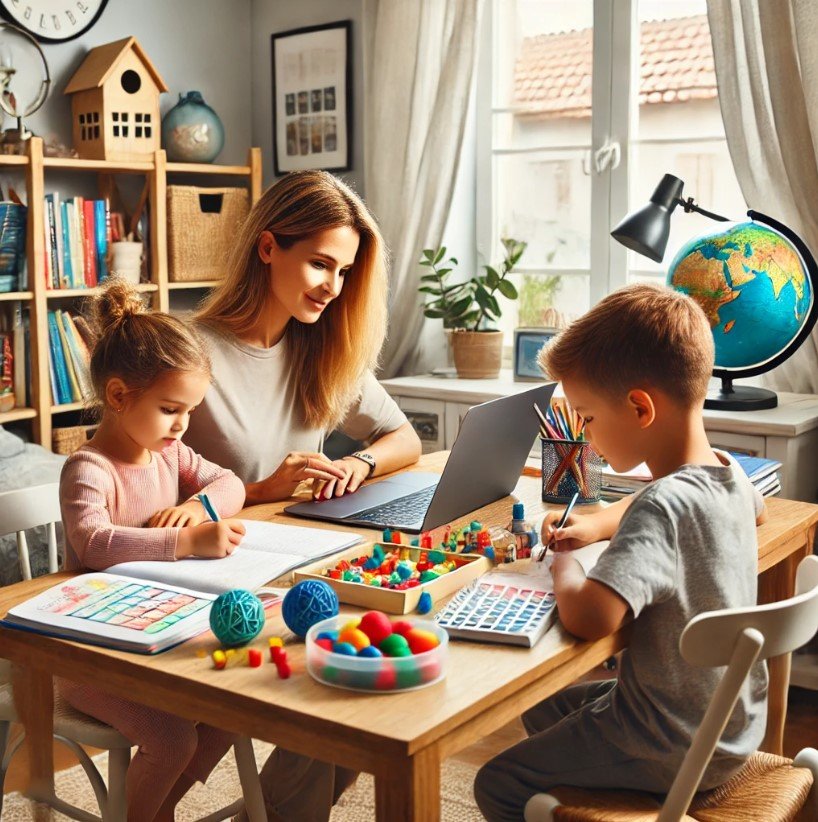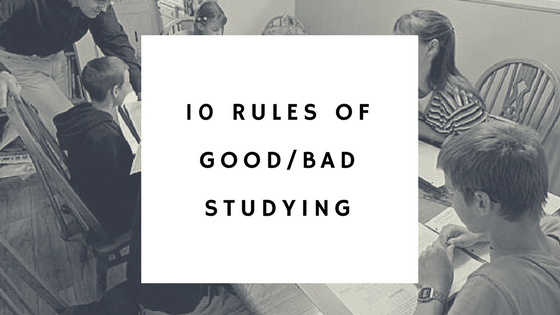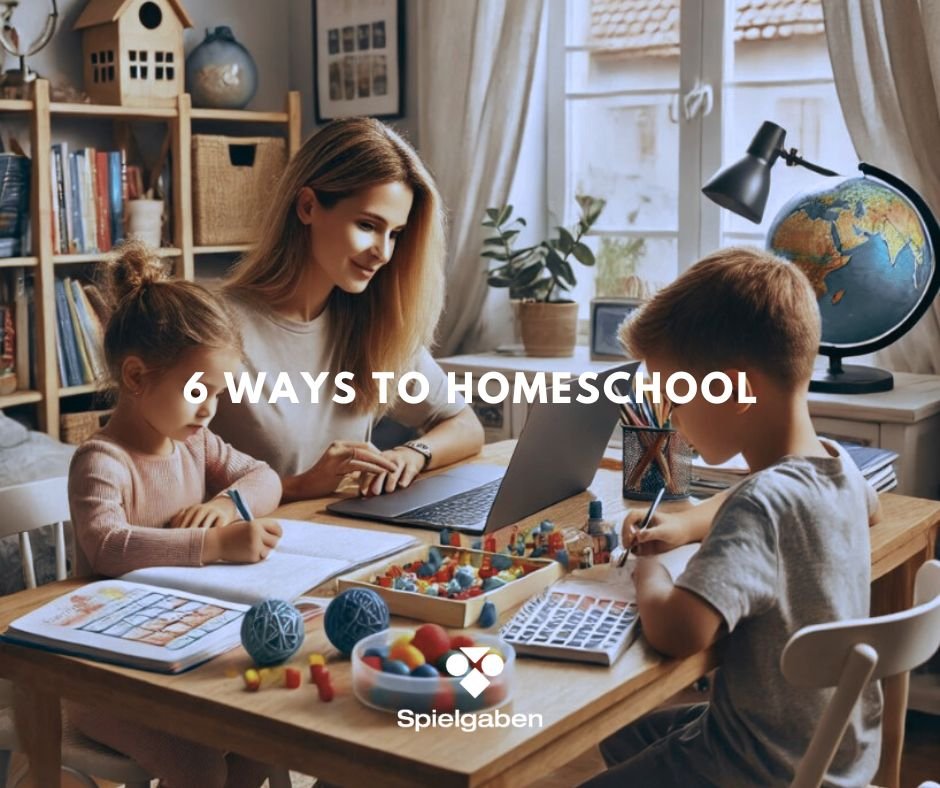10 Things We Can Learn From the Experts and How to Apply Them to Homeschooling
Schools have had to close worldwide due to the pandemic, and a study on Springer relays how this has made parents feel like they now have the main responsibility for their children’s education at home. For some parents, this means pulling their kids out of the typical education system and teaching themselves.
Homeschooling may be an unknown and intimidating process. After all, if not done properly, it results in “shallow” lessons that don’t have clear expectations or good assessments. However, homeschooling can be a memorable and insightful way to spend time with your children. If done correctly, homeschool lets students of all ages enjoy learning at their own pace. Below are some pieces of advice from experts on how you can best homeschool your learners.
Deschool
Deschooling is a concept introduced by the philosopher Ivan Illich in his book Deschooling Society in 1971. He says in this book, “Work, leisure, politics, city living, and even family life depend on schools for the habits and knowledge they presuppose, instead of becoming themselves the means of education.” Because of the structure of traditional educational institutions, Illich believes that schools can destroy the natural inclination of a student to learn by giving the idea that only schools can provide education.
In homeschooling, deschooling is the process of preparing a student for homeschool. It aims to remove the mindset created by a typical school environment as they adjust to a style of education that suits the student’s pace and interests. Use the time to figure out the child’s learning style, discover their interests, and even teach the importance of learning for themselves. A good rule of thumb is to have one month of deschooling for every year a child has spent in school.
Be flexible
Homeschool isn’t doing schoolwork at home since, unlike a typical school, you’re not working with a packaged curriculum. Writer and educational activist Michael Farenga suggests to “think of adults you know who can share a skill, answer a question, allow your children to observe or help them at work. Think of real-life activities: writing letters, handling money, measuring, observing the stars, talking to older people. These are some of the ways that homeschoolers learn writing, math, science, and history.”
However, if you’re new to homeschooling, you can start with a packaged curriculum and then adjust depending on the needs and interests of the learner. This includes taking into account how the child learns best. If they’re an audio-visual learner, the article Explode Your Child’s Imagination Through Stories explains that learning through stories sparks their imagination, which can help aid their memory. Consider joining some homeschooling groups in your community as well to get some tips and resources.
Get creative with hands-on materials
The pandemic has pushed students towards digital devices and the internet. However, a study by Neza Stiglic and Russell M. Viner shows that too much screen time poses various dangers to health. These include eye problems, adiposity, an unhealthy diet, and depressive symptoms, among others. Fortunately, there are countless other resources available away from the screen as well if you know where to look. You can call your local public schools and ask if they have some materials they no longer use such as lesson plans, posters, and maps. Your homeschooling group or support network will also be very helpful in providing or assisting you in looking for homeschool materials like textbooks. The local libraries are also definitely one of the best sources of homeschool material.
In terms of activities, there are educational board games and card games that will surely entertain and teach. Boggle helps work on spelling, vocabulary, and word familiarity. Check The Fridge is a card game that practices a child’s addition skills. You also shouldn’t be afraid to get messy with some arts and crafts and science experiments. Even high school students will have fun with tasks that range from crystallizing their own rock candy for learning supersaturated solutions to challenging their engineering skills by building a container that will protect an egg from a long fall.
Contextualize lessons
In a write-up on Higher Ed Dive, Maryville University President Mark Lombardi points out how access to information doesn’t guarantee an education. It’s not enough for you to just get your child online. This is why Maryville University’s higher education leadership doctoral program trains professionals to adapt to real-world scenarios, on top of using digital tools. Lombardi says that educators with this type of expertise are vital in guiding a student’s journey toward understanding, application, discernment, and critical problem-solving.
In homeschool settings, you often take on the role of educator. Remember that getting your child in front of their lessons is only the first step in the learning process. Guide them through the journey by contextualizing lessons and giving them examples of real-world applications. You want them to understand theoretical concepts, but you also want them to appreciate how it affects their lives.
Make education student-centric
Lombardi further highlights how all students learn and process information differently. During his tenure at Maryville University, Lombardi – in partnership with Apple – has helped launch a digital system that builds intricate student profiles, which shows how and why they learn the way they do. Based on these profiles, the teaching staff would then create curriculums and content specific to each student.
Remember that there’s no standard way to conduct homeschool, so don’t force things. The latest homeschooling strategy may work wonders for other children, but maybe not for yours. Your child will have their own learning process and you need to acknowledge that – they may be visual learners, so you’ll need a lot of visual cues, or they may be auditory learners, so you’ll need to talk them through lessons. More importantly, you must take that into account and adjust to it.
Use mastery-based grading measures
It may be time to replace the A to F grading system. Thomas Arnett, a senior research fellow for the Clayton Christensen Institute (CCI), says that letter grades aren’t indicative of how well-equipped students are to do work and solve problems in the future. Arnett suggests following a mastery-based grading system instead. This would measure a student’s cumulative progress based on milestones.
The letter grading system sets a hard line between failing and passing while mastery-based grading draws a path to academic success. Map out your child’s journey and set a fixed objective to work towards. For example, you can set specific goals, like the addition of three-digit numbers. All your efforts would then lead to your child reaching that learning objective. Instead of getting a failing grade, they can keep trying again until they reach mastery. This boosts their confidence and also helps them see struggles as learning opportunities instead of failure.
Go at your child’s pace
A CCI research has found that 27% of surveyed teachers let their students move at their own pace, and those proved successful. Arnett demonstrates how this is beneficial to both fast learners and those who require more time to learn. For homeschooling, this is an added advantage that you can maximize.
Don’t fall into the trap of pushing your kids to go at a standard pace. While they do have benchmarks to meet for each stage, they’ll learn better when they’re comfortable and confident. If they master lessons quickly, allow them to move ahead or explore supplemental lessons. Or if they need more time with specific concepts, give them space before they go back to it. They can then revisit more challenging lessons with a clear mind and less pressure. This reduces the negative feelings they may have when they struggle. We’re not saying to remove all educational pressure completely, we’re saying to focus on positive pressure instead.
Invest in enrichment activities
The pandemic has affected everyone, children included. This can impact their overall well-being, which, in turn, can influence their outlook on education. Bay Area educational coach Ana Homayoun says that one way to ease this stress is through pursuing interests outside of homeschool.
Although it isn’t directly connected to education, this keeps your child engaged and motivated. And this can translate into everything else they do, such as learning. Homayoun urges parents to be open to different activities, whether that’s cooking, building in Minecraft, or drawing. Moreover, this builds a relationship of trust and openness between you and your child. You’ll find that they are more accommodating of lessons and schoolwork when they’re happy and engaged in other activities outside of learning.
Make time for socialization
According to MIT education researcher Justin Reich, independent learning requires a lot of self-regulated learning skills – which may be influenced by factors like the learning environment, both physical and psychosocial.
If you’ve been homeschooling for a while now, you most likely already have a dedicated learning space. But what about the social space? Homeschool can be isolating. While some may thrive when learning on their own, others may learn better in groups. You can schedule Zoom study sessions with a couple of other homeschool students and see how your child responds. This provides them the opportunity to learn together with peers and ensures that they develop the necessary interpersonal skills even when they’re learning independently.
Give your children ownership over their education
Treat your child as an active participant in the learning process. Experienced public school instructor Blair Bailey says that homeschooled children should be involved in deciding when and where they want to work. She goes on to say that homeschool shouldn’t mimic the classroom environment completely. This allows children to take responsibility for their welfare.
Sit down with them and schedule learning days ahead of time. Talk about what they’re going to be doing and what lessons they need to cover. You don’t necessarily have to give them complete freedom, but allow them to negotiate and find a compromise. The hope is that it’ll work out fine and they can be proud of their accomplishments. But if you come across some hurdles, it becomes a learning experience, too. When this happens, you simply have to go back to the drawing board where your child has better insight on what they need to change. They’ll be more self-aware and accountable for their actions.
By: Radella Jordyn













LEAVE A COMMENT